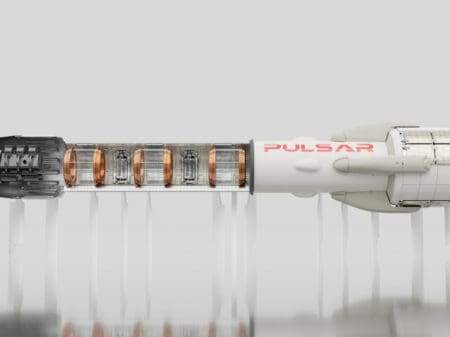
Microchips get ‘common interest’ status in Europe, Tanzanian rocks for energy storage and fusion research to speed deep space travel are on the week’s technology radar.
Microchips get ‘common interest’ status in Europe
The microelectronics and communication technologies project has been named an ‘Important project of common European interest’ (IPCEI) by the European Commission, which will mean a boosting of research and development into new efficient chips, processors and sensors for the many applications in which these are used.
The project involves 56 companies across the EU with a proposed 68 projects with an investment expected to exceed €21 billion (US$23 billion).
Specifically, there are four workstreams.
Have you read?
‘No single silver bullet for storage with revenue’ – EASE
UK’s promising future in fusion energy
The first, named ‘Sense’, will focus on developing novel sensors able to collect relevant analogue signals from the environment and translate them into digital data.
The second, ‘Think’, will focus on processors and memory chips for the processing and storage of data.
The third, ‘Act’, will focus on new designs and innovative materials for components.
Then the fourth, ‘Communicate’, will work to deliver novel technologies necessary for communication that has been processed under the ‘Think’ workstream.
The project expects to deliver the first products resulting to the market in 2025.
Rocks for energy storage
Investigations by Tanzanian researchers of soapstone and granite rocks from regions in the centre of their country suggest they may have potential for thermal energy storage in conjunction with concentrated solar power generation and solar drying applications.
But not all rocks, even of the same type, were found to be equal in their properties. The soapstone from the Craton group was found to have the best performance in terms of thermal capacity and conductivities of the samples investigated.
But while the soapstone from the adjacent to the south Usagaran belt was found to have the second-best thermal capacity and conductivities, also it was found to be susceptible to deterioration at elevated temperatures and with its lowest mechanical strength is the easiest to disintegrate.
Conversely, the Usagaran granite was found to have better properties than the Craton granite, but with its low thermal capacity and conductivity needing a high-temperature change to store an equal amount of energy to the soapstone rocks.
Further experimentation is needed on the thermal energy performance of these rocks, the researchers say, but their findings so far point the way to potentially lower cost solar power and solar drying options, particularly in equatorial countries such as Tanzania where energy access is limited.
How fusion research could speed up deep space travel
Field-reversed configuration, a form of fusion in which the hot plasma is confined by a magnetic field reversed to that applied externally, is one of the options under investigation for power generation.
But it is also being adapted as a potential option for rocket engines and now the UK-based Pulsar Fusion has entered into a research partnership with Princeton Satellite Systems in the US to investigate the concept further.
Specifically, the aim is to apply machine learning to study data from Princeton’s field reversed PFRC-2 reactor to improve understanding of the behaviour of super-heated plasma in a rocket engine configuration and to determine its behaviour when emitted as exhaust particles.
Richard Dinan, founder and CEO of Pulsar Fusion, explains that fusion offers 1,000 times the power of the conventional ion thrusters currently used in orbit and could satisfy the need for faster propulsion in the growing space economy.
NASA is making plans already for trips to Mars and direct fusion drive would open up the possibility of speeding up the travel time and to go beyond. For example, with a single DFD drive, a trip to Jupiter would take only one year and to Saturn only two years, compared with decades with conventional engines.
“In short, if humans can achieve fusion for energy, then fusion propulsion in space is inevitable,” says Dinan – and he believes that fusion propulsion will be demonstrated in space decades before fusion can be harnessed for energy on Earth.








